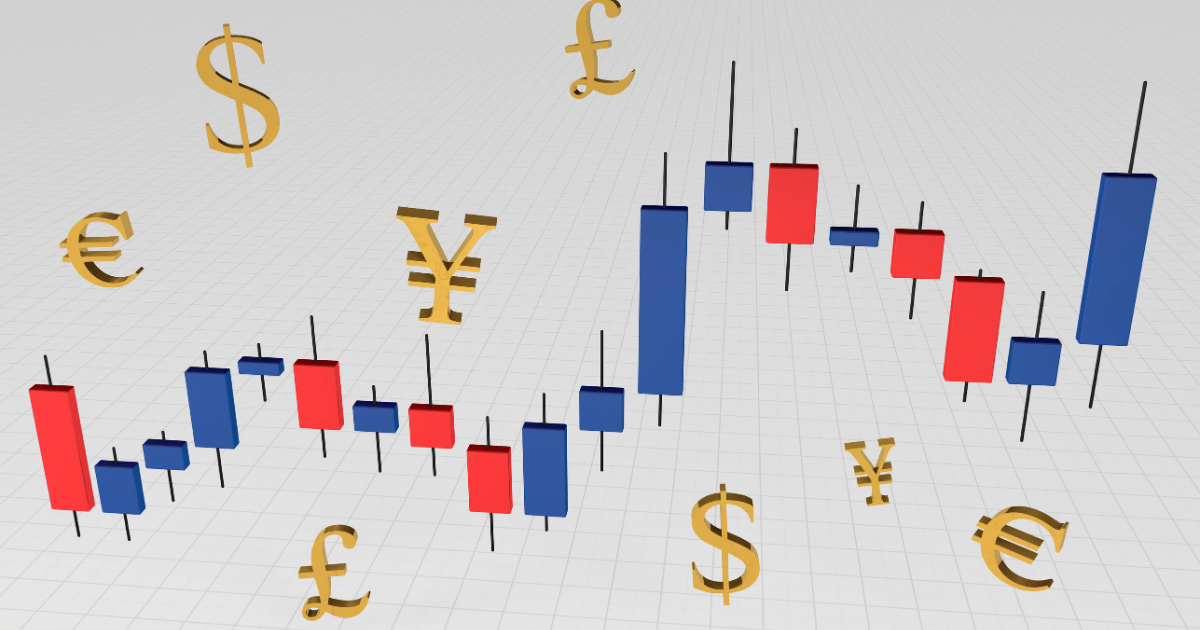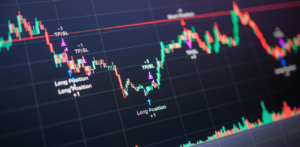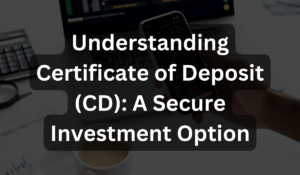Introduction
Forex trading, also known as foreign exchange trading, involves the buying and selling of currencies in the global market. It is a decentralized market where participants, including banks, financial institutions, corporations, and individual traders, engage in currency exchange for various purposes such as international trade, investment, and speculation. In this comprehensive guide, we will delve into the basics of forex trading, providing you with a solid foundation to understand the intricacies of this dynamic market.
What is Forex Trading?
The forex market is the largest financial market in the world, with an average daily trading volume of around $6.6 trillion. It operates 24 hours a day, five days a week, across different time zones. The primary participants in the forex market are commercial banks, central banks, hedge funds, multinational corporations, and individual traders.
The currency pairs are the key instruments traded in the forex market. The most actively traded currency pair is the Euro against the US Dollar (EUR/USD), followed by other major pairs such as USD/JPY, GBP/USD, and USD/CHF. Understanding the basics of currency pairs, including base currency and quote currency, is essential for forex trading.
How Does Forex Trading Work?
Forex trading involves speculating on the price movements of currency pairs. Traders aim to profit from the fluctuations in exchange rates by buying a currency pair at a lower price and selling it at a higher price, or vice versa. The ability to go long (buy) or short (sell) allows traders to potentially profit in both rising and falling markets.
Various factors influence currency exchange rates, including economic indicators, geopolitical events, interest rates, and market sentiment. Fundamental analysis involves assessing these factors to determine the value of a currency, while technical analysis utilizes historical price data and patterns to predict future price movements.
Getting Started in Forex Trading
Before diving into forex trading, it is crucial to understand that it carries inherent risks. Beginners should approach forex trading with a disciplined mindset and a well-defined plan. Here are the key steps to get started:
- Education and Knowledge Building: Acquire a solid understanding of the forex market, trading terminology, fundamental and technical analysis, risk management, and trading strategies. Take advantage of educational resources such as online courses, tutorials, and trading books.
- Choose a Reliable Forex Broker: Selecting a reputable forex broker is essential for a safe and secure trading experience. Consider factors such as regulatory compliance, trading platform features, customer support, trading costs, and available trading instruments.
- Open a Trading Account: Once you have chosen a forex broker, open a trading account. Most brokers offer different types of accounts to cater to various trading needs, including demo accounts for practice purposes.
- Develop a Trading Plan: A trading plan outlines your trading goals, risk tolerance, preferred trading style, and strategies. It helps you stay focused, disciplined, and consistent in your trading approach.
- Start with a Demo Account: Before risking real money, utilize a demo account offered by your broker to practice trading strategies, test the trading platform, and gain confidence in executing trades.
- Risk Management: Implement proper risk management techniques, such as setting stop-loss orders to limit potential losses and utilizing appropriate position sizing based on your account balance and risk tolerance.
- Continuous Learning and Improvement: Forex trading is a journey of continuous learning and improvement. Stay updated with market news, economic events, and trading insights. Analyze your trades, identify strengths and weaknesses, and refine your strategies accordingly.
Popular Forex Trading Strategies
There are various forex trading strategies that traders employ to make informed trading decisions. Here are some popular strategies:
- Trend Trading: This strategy involves identifying and following the prevailing market trends. Traders aim to enter trades in the direction of the trend and ride the momentum until the trend reverses.
- Range Trading: Range-bound markets exhibit price oscillations between defined support and resistance levels. Traders employing this strategy aim to buy at support and sell at resistance.
- Breakout Trading: Breakout traders look for significant price breakouts above resistance or below support levels. They aim to capitalize on the potential acceleration of price movements following the breakout.
- Carry Trading: Carry traders take advantage of interest rate differentials between currency pairs. They borrow in a low-interest-rate currency and invest in a high-interest-rate currency to earn the interest rate differential.
- Scalping: Scalpers aim to profit from small price movements by entering and exiting trades quickly. This strategy requires precision, discipline, and the ability to make swift trading decisions.
Choosing a Reliable Forex Broker
Selecting a reputable forex broker is crucial for a safe and successful trading experience. Consider the following factors when choosing a forex broker:
- Regulatory Compliance: Ensure that the broker is regulated by a recognized financial authority. Regulation provides a level of protection for traders and helps ensure fair trading practices.
- Trading Platform: Evaluate the trading platform offered by the broker. It should be user-friendly, stable, and equipped with essential features such as charting tools, order types, and real-time market data.
- Security: Look for brokers that prioritize the security of client funds. They should use encryption protocols to protect sensitive information and keep client funds segregated from the broker’s operational funds.
- Customer Support: Reliable customer support is crucial, especially for beginners. Choose a broker that offers responsive and helpful customer support through multiple channels such as live chat, email, and phone.
- Trading Costs: Consider the spreads, commissions, and other fees charged by the broker. Low trading costs can significantly impact your profitability, especially for frequent traders.
- Trading Instruments: Ensure that the broker offers a wide range of currency pairs and other trading instruments that align with your trading preferences and strategies.
- Educational Resources: Access to educational materials such as trading guides, tutorials, webinars, and market analysis can be valuable for your learning and skill development as a trader.
- Demo Account: A demo account allows you to practice trading in a risk-free environment using virtual funds. It is an excellent way to familiarize yourself with the broker’s platform and test your strategies before trading with real money.
Common Queries About Forex Trading
1. What is the minimum amount required to start forex trading?
The minimum amount required to start forex trading varies depending on the broker and the type of account you choose. Some brokers offer accounts with a low minimum deposit requirement, while others may require a higher initial investment. It’s important to consider your risk tolerance and only invest what you can afford to lose.
2. Is forex trading risky?
Yes, forex trading carries inherent risks. The forex market is highly volatile, and price movements can be unpredictable. Traders can experience losses, especially if they lack proper risk management strategies or trading discipline. It is important to educate yourself, practice with a demo account, and manage your risks effectively.
3. Can I trade forex part-time?
Yes, forex trading can be done on a part-time basis. The forex market operates 24 hours a day, allowing traders to participate at their convenience. However, it is crucial to devote sufficient time to market analysis, trade execution, and continuous learning to increase your chances of success.
4. How long does it take to become a successful forex trader?
Becoming a successful forex trader takes time, dedication, and continuous learning. The learning curve varies for each individual. It is important to have realistic expectations and understand that consistent profitability may take months or even years to achieve. Focus on building a strong foundation, refining your strategies, and managing your emotions.
Key Takeaways
- Forex trading involves buying and selling currency pairs in the global market.
- Understanding the basics of forex trading, including currency pairs and factors influencing exchange rates, is essential.
- To get started, educate yourself, choose a reliable forex broker, open a trading account, and develop a trading plan.
- Implement proper risk management techniques and continuously improve your knowledge and skills.
- Popular forex trading strategies include trend trading, range trading, breakout trading, carry trading, and scalping.
- When selecting a forex broker, consider regulatory compliance, trading platform features, security, customer support, trading costs, and available trading instruments.
- Forex trading carries risks, and it is important to approach it with discipline, patience, and realistic expectations.
Remember, forex trading is a journey that requires continuous learning, adaptability, and perseverance. By building a strong foundation, honing your skills, and staying informed, you can increase your chances of success in this dynamic market.







